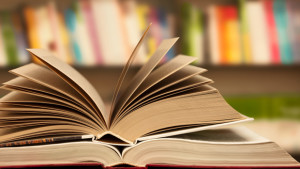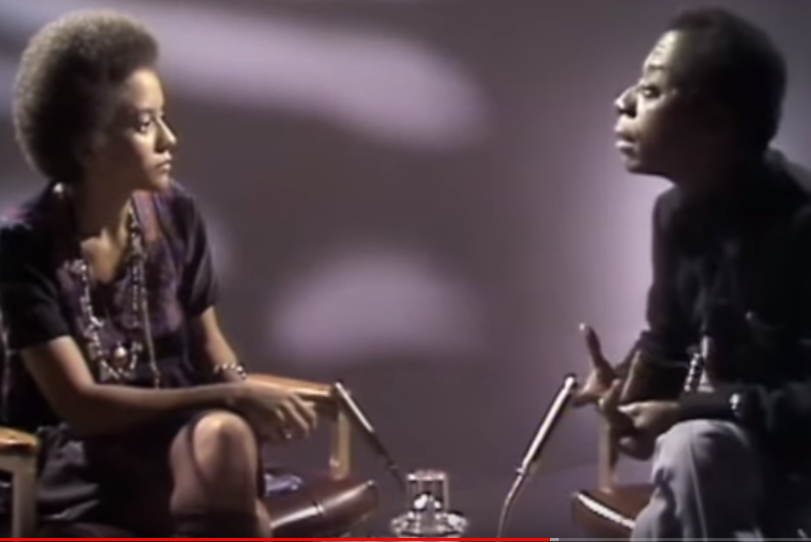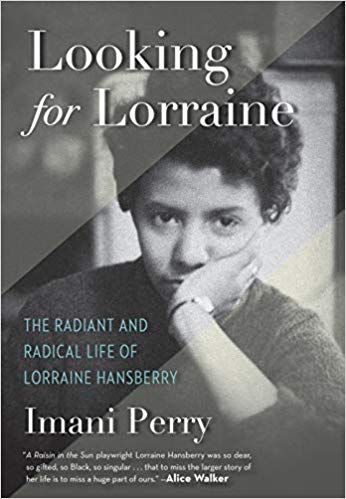How To Read More Books
 Summer is a great time to develop a better reading habit. I am an avid reader. I read about one book a week. It is always interesting when people ask me how I find time to read like it’s this major accomplishment. I don’t think of reading many books as an accomplishment, as much as I just make reading a part of my daily routine.
Summer is a great time to develop a better reading habit. I am an avid reader. I read about one book a week. It is always interesting when people ask me how I find time to read like it’s this major accomplishment. I don’t think of reading many books as an accomplishment, as much as I just make reading a part of my daily routine.
However, all the content overload like streaming movie services, music downloads, and podcasts have created mental distractions from reading. This happens to me a lot too. Just the other day, I noticed that Prime Video has all five seasons of Six Feet Under.
I just wanted to watch one episode… Six hours later, that one episode turned into an afternoon binge! So I understand the struggle. But, nonetheless, I still make time to read, and here are some suggestions on how to do it.
- Read what you like: I think a lot of people feel that they have to read “serious” books to be considered a “serious” reader. I think that reading any book regardless of the subject is more important than reading no books. I have a friend who only reads romance and erotica novels, and she read two or three books in a week! Trashy romance isn’t my jam, but that’s cool. Different strokes for different folks. I’m the type who likes reading non-fiction books about politics and history, and who reads A People’s History of the United States at the beach. Reading should be a pleasant experience for you, not something that should feel belabored. So read what you like!
- Stop reading what you don’t like: I think it is okay to stop reading a book if you are not connecting to it. I do this all the time. Sometimes, you are intrigued to read the book because it has such great reviews or you just liked the cover art. I have a 20-page rule; if you are not feeling the book after reading the first 20 pages, move onto another book.
- Embrace different book formats: Luckily, in the new technological era, there are so many ways to enjoy a book – hardcover, paperback, ebook, and audiobook – that can fit into our lifestyles. As much as I love the smell and feel of a printed book, I find it easier to read and enjoy books on my iPhone Kindle app or Kindle Paperwhite. Since I don’t have a car, it is easier for me to not have to carry a physical book with me and listen to an audiobook while I am walking or taking public transit.
- Make time to read: This is the most important point when you take into account the first three points. If you can find time to do social media, watch Netflix, listen to podcasts and music, you can find time to read a book. I try to read at least 30 minutes a day, usually either first thing in the morning or before going to bed at night. One of the things I really like about the Kindle Paperwhite is that it is lightweight, you can increase the font size for easier reading, and it doesn’t have the blue light issues which make it easier on your eyes at night. You can also find time to read while waiting in a line, in between TV commercials, commuting on public transit, during your kid’s nap time, not paying attention to a teleconference, etc.
If you have the time (when you are not reading a book), here is a 30-minute video on better reading habits.

